Malaria symptoms rash. Malaria Symptoms, Treatment, and Prevention: A Comprehensive Guide
What are the early signs of malaria. How is malaria transmitted. What does a malaria rash look like. How is malaria diagnosed and treated. What are the most effective ways to prevent malaria.
Understanding Malaria: Causes and Transmission
Malaria is a potentially life-threatening disease caused by parasites transmitted through the bite of infected female Anopheles mosquitoes. These mosquitoes serve as vectors, carrying the Plasmodium parasite from one human host to another. Understanding the transmission cycle is crucial for effective prevention and control strategies.
How is malaria transmitted?
Malaria transmission occurs primarily through mosquito bites, but there are other less common routes:
- Mosquito bites: The most common method of transmission
- Congenital transmission: From an infected mother to her infant during pregnancy or at birth
- Blood transfusions: When infected blood is used in a transfusion
- Organ transplants: If the donor organ is infected
- Shared needles: Among intravenous drug users
It’s important to note that only female Anopheles mosquitoes can transmit malaria. These mosquitoes must first become infected by feeding on a person carrying the parasite before they can spread it to others.

Which regions are most affected by malaria?
Malaria is prevalent in many subtropical and tropical regions around the world. The areas with the highest risk of malaria transmission include:
- Sub-Saharan Africa
- Southeast Asia
- South America
- The Indian subcontinent
- Papua New Guinea
- Solomon Islands
- Haiti
These regions provide ideal conditions for both the Anopheles mosquito and the Plasmodium parasite to thrive, making malaria a significant public health concern in these areas.
Recognizing Malaria Symptoms: From Skin Rashes to Severe Complications
Malaria symptoms can vary widely in severity and presentation. While some individuals may experience mild symptoms, others can develop life-threatening complications. Recognizing the early signs of malaria is crucial for timely diagnosis and treatment.
What are the early signs of malaria?
The initial symptoms of malaria often resemble those of a common flu or viral infection. These may include:
- Fever and chills
- Headache
- Fatigue
- Muscle aches
- Nausea and vomiting
These symptoms typically appear 7 to 30 days after being bitten by an infected mosquito. However, some types of malaria parasites can lie dormant in the body for extended periods, causing symptoms to appear months or even years later.

What does a malaria rash look like?
While not all malaria cases present with a rash, some individuals may develop skin manifestations. A malaria rash can appear as:
- Small, red, itchy bumps resembling hives
- Smooth, slightly elevated papules
- Generalized itching or pruritus
It’s important to note that a skin rash alone is not diagnostic of malaria. Many other conditions can cause similar skin changes, so a thorough medical evaluation is necessary for an accurate diagnosis.
Can malaria cause severe complications?
In some cases, malaria can progress to a severe form, leading to potentially life-threatening complications. These may include:
- Cerebral malaria: Causing confusion, seizures, or coma
- Severe anemia: Due to the destruction of red blood cells
- Acute respiratory distress syndrome (ARDS)
- Kidney failure
- Liver failure
- Hypoglycemia: Particularly in pregnant women treated with quinine
Prompt recognition and treatment of malaria are essential to prevent these severe complications and reduce mortality rates.
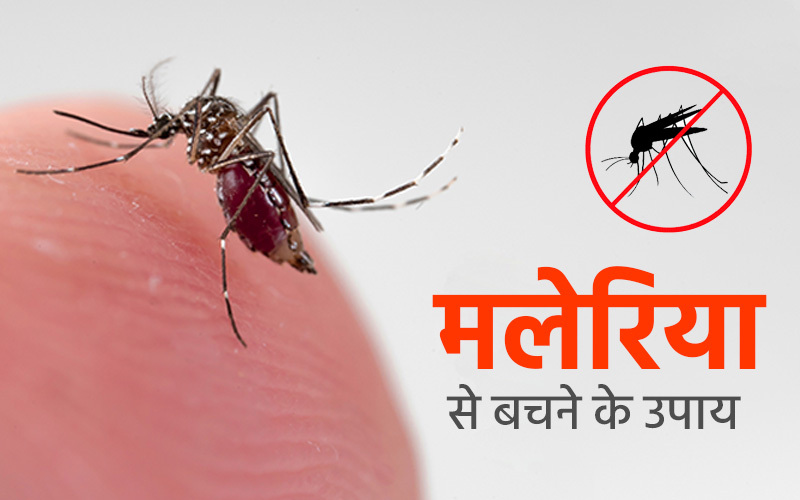
Diagnosing Malaria: From Clinical Suspicion to Laboratory Confirmation
Accurate and timely diagnosis of malaria is crucial for effective treatment and preventing complications. The diagnostic process typically involves a combination of clinical assessment and laboratory tests.
How is malaria diagnosed?
Malaria diagnosis involves several steps:
- Clinical evaluation: A healthcare provider will assess symptoms and travel history.
- Physical examination: This may reveal signs such as an enlarged spleen.
- Blood tests: These are essential for confirming the presence of malaria parasites.
- Microscopy: Examining blood smears under a microscope to identify parasites.
- Rapid diagnostic tests (RDTs): These can quickly detect malaria antigens in the blood.
- Molecular tests: PCR-based tests can identify the specific Plasmodium species causing the infection.
In endemic areas, where malaria is common, diagnosis may be based primarily on clinical symptoms due to limited laboratory resources. However, in non-endemic regions, laboratory confirmation is crucial to differentiate malaria from other febrile illnesses.
:max_bytes(150000):strip_icc()/malaria-causes-5ad755771f4e130038d953c9.png)
Are there any specific blood tests for malaria?
Several blood tests are used in malaria diagnosis:
- Thick and thin blood smears: These are examined microscopically for the presence of malaria parasites.
- Complete blood count (CBC): This can reveal anemia or low platelet counts, which are common in malaria.
- Liver and kidney function tests: These assess organ involvement in severe cases.
- Polymerase chain reaction (PCR): This molecular test can detect low levels of parasites and identify the specific species.
These tests not only confirm the diagnosis but also help determine the severity of the infection and guide treatment decisions.
Malaria Treatment: Strategies and Medications
Effective malaria treatment is essential to eliminate the parasite, prevent complications, and reduce transmission. The choice of treatment depends on several factors, including the severity of the disease, the specific Plasmodium species involved, and local patterns of drug resistance.
What are the main treatment options for malaria?
Malaria treatment typically involves antimalarial medications. The most commonly used drugs include:

- Artemisinin-based combination therapies (ACTs): These are the first-line treatment for P. falciparum malaria in most endemic regions.
- Chloroquine: Still effective for P. vivax in many areas, but resistance is increasing.
- Quinine: Used for severe malaria or when ACTs are not available.
- Atovaquone-proguanil (Malarone): Often used for travelers returning from endemic areas.
- Mefloquine: An alternative treatment, but with potential neuropsychiatric side effects.
- Primaquine: Used to prevent relapses in P. vivax and P. ovale infections.
The choice of medication depends on the specific Plasmodium species, local resistance patterns, and individual patient factors such as age, pregnancy status, and coexisting medical conditions.
How long does malaria treatment typically last?
The duration of malaria treatment varies depending on the medication used and the severity of the infection. Generally:
- Uncomplicated malaria: Treatment typically lasts 3 to 7 days.
- Severe malaria: May require intravenous treatment for several days, followed by oral medication.
- P. vivax or P. ovale infections: May require a 14-day course of primaquine to prevent relapses.
It’s crucial to complete the full course of treatment as prescribed, even if symptoms improve, to ensure complete elimination of the parasite and prevent the development of drug resistance.

Preventing Malaria: Strategies for Travelers and Residents in Endemic Areas
Prevention is a key component in the fight against malaria. While there is currently no widely available vaccine, several effective strategies can significantly reduce the risk of infection.
What are the most effective ways to prevent malaria?
Malaria prevention strategies can be categorized into two main approaches:
- Vector control: Reducing exposure to mosquito bites
- Chemoprophylaxis: Using medications to prevent infection
Vector control methods include:
- Using insecticide-treated bed nets (ITNs)
- Applying insect repellents containing DEET or picaridin
- Wearing long-sleeved clothing, especially during peak mosquito hours
- Using indoor residual spraying (IRS) in homes
- Eliminating standing water where mosquitoes breed
Chemoprophylaxis options for travelers to endemic areas include:
- Atovaquone-proguanil (Malarone)
- Doxycycline
- Mefloquine
- Chloroquine (in areas without chloroquine-resistant parasites)
The choice of chemoprophylaxis depends on the destination, duration of travel, and individual health factors. It’s essential to consult with a healthcare provider or travel clinic before visiting malaria-endemic areas.

Is there a vaccine for malaria?
While there is no universally effective malaria vaccine yet, significant progress has been made in vaccine development:
- RTS,S/AS01 (Mosquirix): The first malaria vaccine to receive WHO recommendation for use in children in sub-Saharan Africa.
- R21/Matrix-M: A promising candidate showing high efficacy in early trials.
- PfSPZ Vaccine: A whole-parasite vaccine currently in clinical trials.
These vaccines represent important advances in malaria prevention, but they are not yet widely available and do not provide complete protection. Continued research and development are ongoing to improve vaccine efficacy and coverage.
The Global Impact of Malaria: Current Challenges and Future Prospects
Malaria remains a significant global health challenge, particularly in developing countries. Understanding its impact and the ongoing efforts to combat the disease is crucial for developing effective strategies and policies.
What is the current global burden of malaria?
Malaria continues to have a substantial impact on global health:

- According to the World Health Organization (WHO), there were an estimated 241 million malaria cases worldwide in 2020.
- Approximately 627,000 deaths were attributed to malaria in the same year.
- Sub-Saharan Africa bears the highest burden, accounting for about 95% of global malaria cases and 96% of deaths.
- Children under 5 years old are particularly vulnerable, comprising 80% of all malaria deaths in Africa.
These statistics highlight the ongoing need for improved prevention, diagnosis, and treatment strategies, especially in high-burden regions.
What are the main challenges in malaria control and elimination?
Several factors complicate efforts to control and eliminate malaria:
- Drug resistance: The emergence of parasites resistant to commonly used antimalarial drugs.
- Insecticide resistance: Mosquitoes developing resistance to insecticides used in bed nets and indoor spraying.
- Climate change: Altering mosquito habitats and potentially expanding malaria-prone areas.
- Limited healthcare access: Many affected regions lack adequate healthcare infrastructure.
- Socioeconomic factors: Poverty and lack of education contribute to higher malaria burdens.
- Political instability: Conflicts and displacement can disrupt malaria control efforts.
Addressing these challenges requires a multifaceted approach involving governments, international organizations, and local communities.

Malaria Research: Innovations and Future Directions
Ongoing research in malaria is crucial for developing new tools and strategies to combat this persistent global health threat. Scientists and healthcare professionals are exploring various avenues to improve prevention, diagnosis, and treatment of malaria.
What are some promising areas of malaria research?
Current research efforts in malaria focus on several key areas:
- Vaccine development: Improving existing vaccines and developing new candidates.
- Novel antimalarial drugs: Addressing drug resistance and developing treatments with fewer side effects.
- Genetic approaches: Exploring gene drive technologies to reduce mosquito populations or make them resistant to malaria parasites.
- Diagnostic innovations: Developing more sensitive and field-friendly diagnostic tools.
- Vector control: Researching new insecticides and biological control methods.
- Host-parasite interactions: Understanding the molecular mechanisms of infection to identify new therapeutic targets.
These research directions hold promise for transforming malaria prevention and treatment in the coming years.
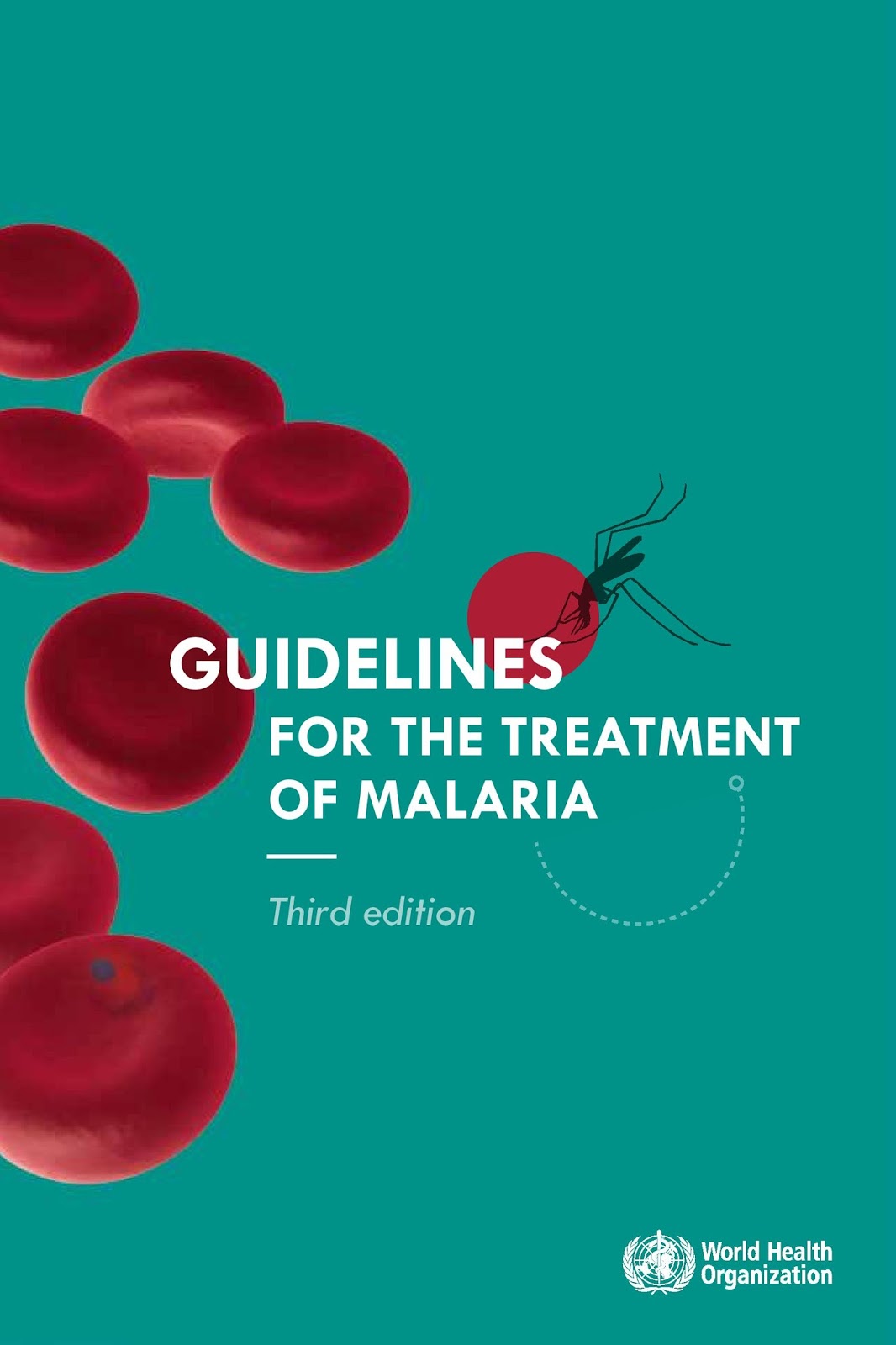
How might malaria control efforts evolve in the future?
Future malaria control strategies are likely to incorporate several innovative approaches:
- Precision public health: Using data analytics and genomics to target interventions more effectively.
- Integrated vector management: Combining multiple vector control methods tailored to specific ecological contexts.
- Community engagement: Empowering local communities to participate in malaria control efforts.
- Cross-border initiatives: Coordinating malaria elimination efforts across national boundaries.
- Artificial intelligence: Utilizing AI for disease surveillance, diagnosis, and treatment optimization.
These evolving strategies aim to address the complex challenges of malaria control and move closer to the goal of global malaria elimination.
In conclusion, while malaria remains a significant global health challenge, ongoing research and innovative approaches offer hope for improved prevention, diagnosis, and treatment. By combining these scientific advancements with strong public health measures and community engagement, we can work towards a future where malaria no longer poses a major threat to human health and well-being.
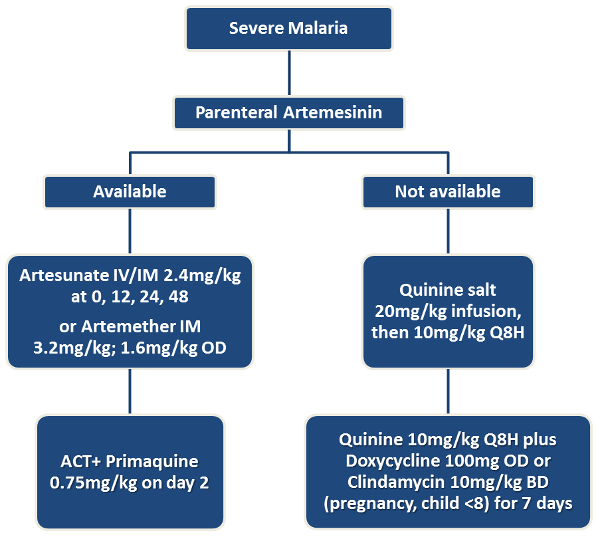
What Does Malaria Look Like on the Skin?
Malaria is a disease caused by a protozoan parasite that invades the red blood cells through the bite of infected mosquitoes. The parasite is transmitted by mosquitoes in many subtropical and tropical regions that kill an estimated 660,000 people each year. What does malaria look like on the skin? Initially, it may appear as any other mosquito bite, but if it becomes an itchy rash resembling hives, or severely itchy skin lesions marked by the appearance of smooth, slightly elevated papules, it may be an early marker of malaria.
Malaria: Causes and Means of Transmission
Only female Anopheles mosquitoes can transmit the disease, and they must also have been infected through a previous blood meal taken from a malaria infected person. If a mosquito infected with the Plasmodium parasite bites you, malaria can occur. An infected mother can also pass the disease (congenital malaria) to her infant at birth. Malaria is a blood borne disease, so it may also be transmitted through blood transfusion, organ transplant or shared needles.
If a mosquito infected with the Plasmodium parasite bites you, malaria can occur. An infected mother can also pass the disease (congenital malaria) to her infant at birth. Malaria is a blood borne disease, so it may also be transmitted through blood transfusion, organ transplant or shared needles.
Risk Factors
The largest risk factor for developing malaria is to live in, or visits to tropical areas where the disease is a common occurrence. Many different sub-types of malaria parasites exist. However, the type that causes the most lethal complications is found most commonly in:
- Papua New Guinea, Solomon Islands, and Haiti
- African countries south of the Sahara Desert
- The Asian subcontinent
Symptoms of Malaria
What does malaria look like on the skin? Malaria has a wide array of symptoms, not just on the skin. After the infected mosquito bite occurs, it may take between 7-30 days of incubation before any symptoms are noticed.
Uncomplicated Malaria
The most common symptoms are usually:
- Nausea and vomiting
- Chills with fever
- Body aches and general weakness
- Jaundice (yellow coloring of the eyes and skin) because of the loss of red blood cells
A classic description of an attack of malaria would be a 6-to-12-hour period of fever and headaches alternating with cold and shivering, to a stage of sweating and general weakness, and because the symptoms are very non-specific, it is important to determine if you have other risk factors for malaria such as travel in areas where the disease is common.
Severe (Complicated) Malaria
Complicated malaria occurs when other body systems are affected, such as:
- Kidney failure
- Cardiovascular collapse
- Severe anemia due to destruction of red blood cells
- Cerebral malaria (confusion or abnormal behavior, seizures, unconsciousness)
- Low blood sugar in pregnant women after treatment with quinine
How Malaria Is Diagnosed
Your physician may suspect that you have malaria based on your symptoms and your travel history. During physical examination, your physician may find an enlarged spleen as the result of malaria infection.
During physical examination, your physician may find an enlarged spleen as the result of malaria infection.
To confirm the diagnosis, your physician will take blood samples that have been treated with special chemicals in a laboratory to be examined for the Plasmodium parasites. In addition, blood tests will also determine whether malaria has affected your blood chemistry, such as the levels of red blood cells and platelets, the clotting ability of your blood, along with liver and kidney functions.
Treatment for Malaria
Know that you know the answer to “What does malaria look like on the skin?” let’s look at possible treatment options. Malaria is a life-threatening condition, and treatment for the disease is typically provided in a hospital setting. With proactive treatment, the symptoms of malaria can be cured quickly, usually in about 2 weeks. Without treatment, malaria can return occasionally over a number of years, and repeated exposure may cause some people to become partially immune, developing only a milder case of the disease.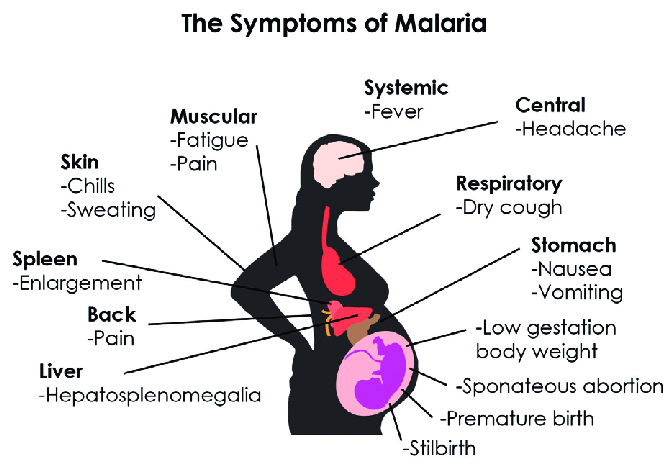
The length of treatment and types of drugs will vary, depending on:
- Your age
- The severity of your symptoms
- Which type of malaria parasite you have
- Whether you’re pregnant
- The most common antimalarial drugs include:
- Quinine sulfate (Qualaquin)
- Mefloquine
- Chloroquine (Aralen)
- Hydroxychloroquine (Plaquenil)
- Combination of atovaquone and proguanil (Malarone)
In some cases, the prescribed medication will not clear you from the infection. Some parasites that are resistant to drugs have been reported, and these parasites make many drugs ineffective. If this happens, your physician might need to use more than one medication or change medications in order to treat the condition.
Preventing Malaria
Medical experts are researching a vaccine against malaria, and the eventual vaccination is expected to be an important way to prevent malaria in the future. Other ways to prevent malaria is avoiding the mosquito using the following strategies:
Other ways to prevent malaria is avoiding the mosquito using the following strategies:
- Wear clothing that covers most of your body, and apply insect repellent with permethrin to clothing.
- Apply an insect repellent that contains DEET or Picaridin to the exposed areas of your skin, except around your mouth and eyes.
- When possible, stay indoors, or in well-screened areas, especially in the evenings when the mosquitoes are most active.
- Use bed nets and mosquito nets when sleeping, and treat the nets with permethrin.
Medication
If you’re travelingg to areas where malaria is common, in addition to knowing “What does malaria look like on the skin? ” it’s also recommended that you use preventive medicine before, during and after your trip.The most commonly prescribed anti-malarial medications in the U.S. include:
- Chloroquine (Aralen): commonly prescribed anti-malarial drug in countries where there are no drug-resistant strains of malaria.
 This medication is taken once weekly, from 1-2 weeks prior to travel, until a month after you’ve returned.
This medication is taken once weekly, from 1-2 weeks prior to travel, until a month after you’ve returned. - Mefloquine (Lariam): for travel to most regions and areas that have evidence of chloroquine-resistant malaria parasites, such as sub-Saharan Africa. This medication is taken once weekly, from 1-2 weeks before travell until a month after your return.
- Doxycycline (Vibramycin): for people who cannot take chloroquine or mefloquine. Doxycycline is taken once daily, from 2 days before traveling to a month after you’ve returned.
- Atovaquone and proguanil (Malarone): for the protection from chloroquine-resistant malaria. You take one tablet at the same time daily, beginning 1-2 days before traveling until a week after you return.
- Primaquine: is used upon your return if you’ve stayed for more than a few months in an area where you had heavy exposure to mosquitoes.
 Primaquine is taken daily for 2 weeks after you have left the area.
Primaquine is taken daily for 2 weeks after you have left the area.
If you develop an illness with fever within a year of your return, seek immediate medical attention and tell a healthcare provider about your travel.
Cutaneous manifestations of malaria | BMJ Case Reports
Article Text
Article menu
- Article
Text - Article
info - Citation
Tools - Share
- Rapid Responses
- Article
metrics - Alerts
Images in…
Cutaneous manifestations of malaria
Free
- Ankur Chaudhary1,
- Jasmine Sethi2,
- Malik Parvez1 and
- Vivek Kumar1
- 1Internal Medicine, Postgraduate Institute of Medical Education and Research, Chandigarh, India
- 2Nephrology, Postgraduate Institute of Medical Education and Research, Chandigarh, India
- Correspondence to Dr Jasmine Sethi; jasmine227021{at}gmail.
 com
com
http://dx.doi.org/10.1136/bcr-2022-251257
Statistics from Altmetric.com
Request Permissions
If you wish to reuse any or all of this article please use the link below which will take you to the Copyright Clearance Center’s RightsLink service. You will be able to get a quick price and instant permission to reuse the content in many different ways.
- Infections
- Skin
- Tropical medicine (infectious disease)
Description
Cutaneous findings, including skin necrosis, are a rare complication in patients with Plasmodium vivax malaria. Infected parasitised red cells can lead to complement activation, causing microvascular thrombosis and cutaneous complications. We present a woman in her third decade residing in a malaria-endemic area with no medical history who presented with fever associated with chills and rigors, abdominal pain, and decreased urine output for 7 days. She also gave a history of a painful, reddish black rash on the face for 4 days.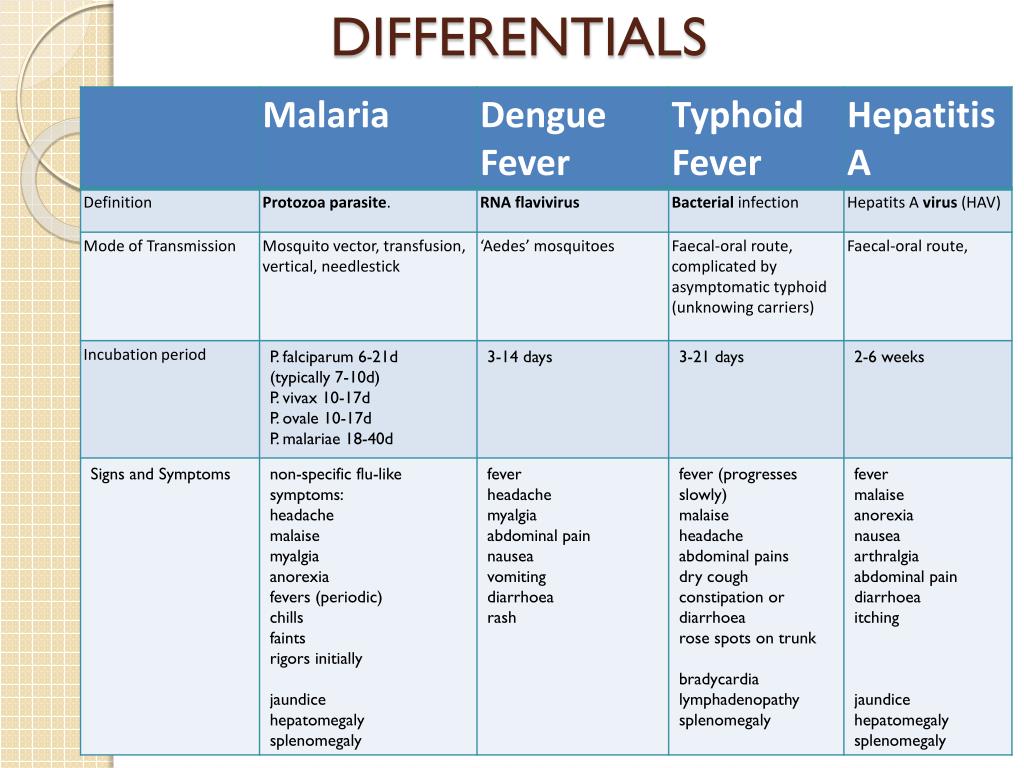 Physical examination revealed tachycardia, with a pulse rate of 110 per minute, blood pressure of 150/90 mm Hg and necrotic black non-purpuric rash with perilesional erythema on the cheeks, tip of the nose and ear lobes (figure 1A,B). There was associated mild hepatosplenomegaly and pallor. The patient denied any history of joint pain, Raynaud phenomenon, photosensitivity, alopecia, over-the-counter drug use or exposure to extreme cold. There was no documented hypotension or vasopressor use. Laboratory evaluation revealed anaemia with haemoglobin of 78g/l, thrombocytopaenia with a platelet count of 76×109/L, serum creatinine of 636 µmol/L, unconjugated hyperbilirubinaemia with total and direct serum bilirubin of 3.5 mg/dL and 0.9 mg/dL, aspartate transaminase of 76 U/L, and alanine transaminase of 65 U/L. P. vivax was detected in peripheral blood as well as by rapid malarial card test. The remaining work-up including coagulogram, scrub typhus serology, dengue serology, antinuclear antibody, complement levels, antineutrophil cytoplasmic antibody and anticardiolipin antibody were negative.
Physical examination revealed tachycardia, with a pulse rate of 110 per minute, blood pressure of 150/90 mm Hg and necrotic black non-purpuric rash with perilesional erythema on the cheeks, tip of the nose and ear lobes (figure 1A,B). There was associated mild hepatosplenomegaly and pallor. The patient denied any history of joint pain, Raynaud phenomenon, photosensitivity, alopecia, over-the-counter drug use or exposure to extreme cold. There was no documented hypotension or vasopressor use. Laboratory evaluation revealed anaemia with haemoglobin of 78g/l, thrombocytopaenia with a platelet count of 76×109/L, serum creatinine of 636 µmol/L, unconjugated hyperbilirubinaemia with total and direct serum bilirubin of 3.5 mg/dL and 0.9 mg/dL, aspartate transaminase of 76 U/L, and alanine transaminase of 65 U/L. P. vivax was detected in peripheral blood as well as by rapid malarial card test. The remaining work-up including coagulogram, scrub typhus serology, dengue serology, antinuclear antibody, complement levels, antineutrophil cytoplasmic antibody and anticardiolipin antibody were negative. She also had evidence of Coombs-negative haemolysis in the form of raised lactate dehydrogenase (1939 IU/L), elevated plasma haemoglobin level (22 mg/dL) and low haptoglobin. Schistocytes were not seen on peripheral blood smear. A skin biopsy done from the edge of the necrotic areas revealed evidence of fibrin thrombi in dermal capillaries with endothelial swelling suggestive of thrombotic microangiopathy with no features of vasculitis. Immunofluorescence was negative. The patient was initiated on intravenous artesunate and primaquine with topical fluticasone for the skin lesions. She underwent two sessions of haemodialysis and blood transfusion. On day 4 of hospital stay, the lesions started healing, urine output improved and the patient became afebrile. On day 10 of illness, the lesions healed completely without scarring and serum creatinine had decreased to 61 µmol/L (figure 1C,D).
She also had evidence of Coombs-negative haemolysis in the form of raised lactate dehydrogenase (1939 IU/L), elevated plasma haemoglobin level (22 mg/dL) and low haptoglobin. Schistocytes were not seen on peripheral blood smear. A skin biopsy done from the edge of the necrotic areas revealed evidence of fibrin thrombi in dermal capillaries with endothelial swelling suggestive of thrombotic microangiopathy with no features of vasculitis. Immunofluorescence was negative. The patient was initiated on intravenous artesunate and primaquine with topical fluticasone for the skin lesions. She underwent two sessions of haemodialysis and blood transfusion. On day 4 of hospital stay, the lesions started healing, urine output improved and the patient became afebrile. On day 10 of illness, the lesions healed completely without scarring and serum creatinine had decreased to 61 µmol/L (figure 1C,D).
Figure 1
(A, B) Image of the patient on admission showing black necrotic lesions on both cheeks, ear lobes and nose tip.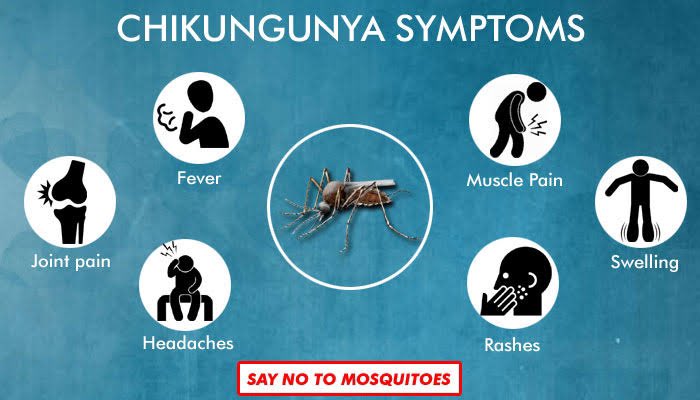 (C, D) Image of the patient on day 10 showing complete resolution with minimal scarring.
(C, D) Image of the patient on day 10 showing complete resolution with minimal scarring.
Malaria remains a major cause of morbidity and mortality worldwide.1 Cutaneous lesions reported in malaria include angio-oedema, urticaria, peripheral symmetrical gangrene and petechiae.2–4 It is postulated that heavy parasite burden leads to complement activation, thereby causing endothelial injury, swelling and microvascular occlusion. In addition, inflammatory cytokines, disseminated intravascular coagulation and increased tissue factor expression lead to microvascular thrombosis. This pathophysiology is common for both P. vivax and P. falciparum malaria. Our patient’s acute kidney injury could also be attributed to severe endothelial injury and resultant renal thrombotic microangiopathy.5 Management of such patients with malaria and microvascular thrombosis is controversial. Parasite eradication with antimalarials and occasional use of anticoagulants have been suggested.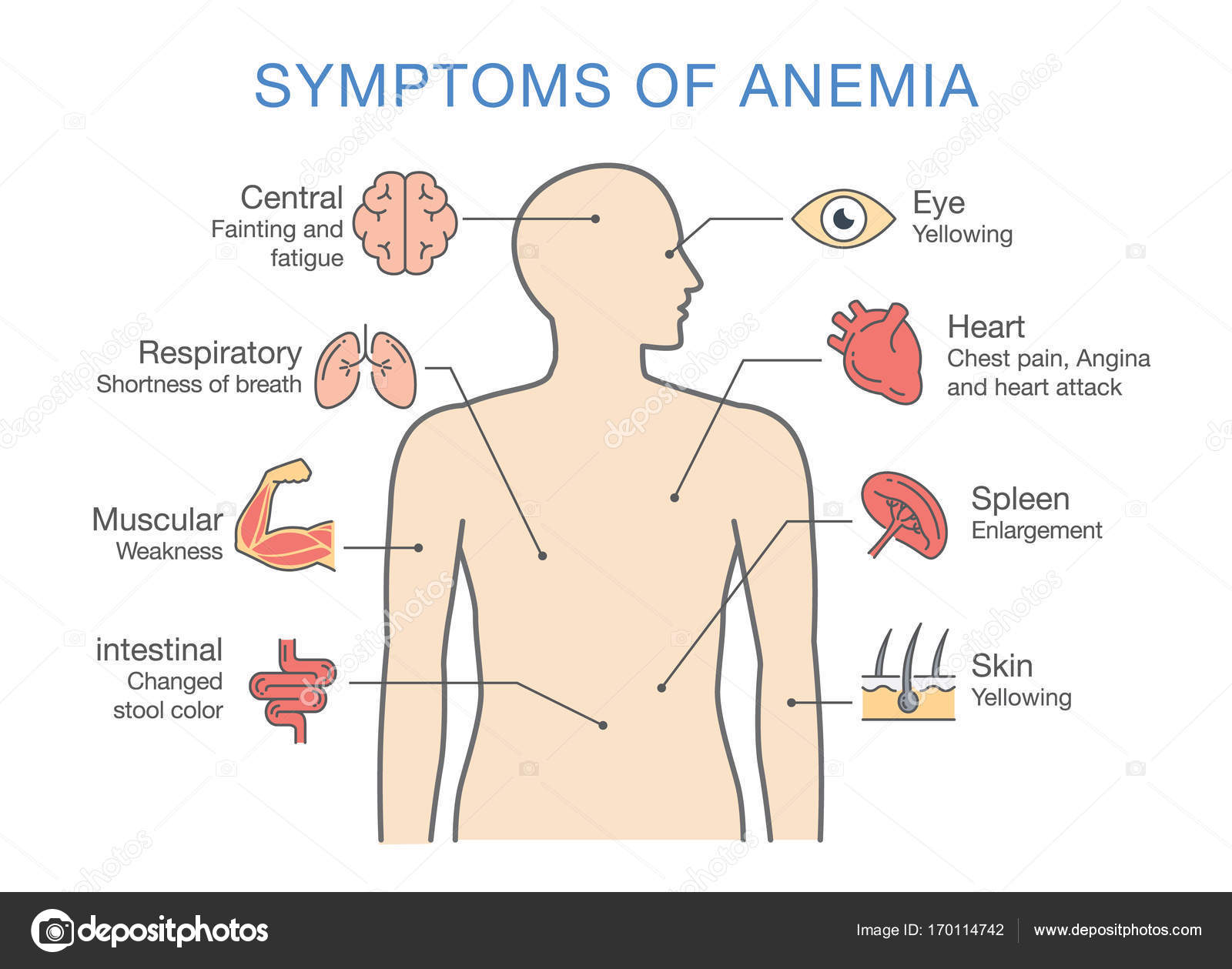 To conclude, we report a rare association of necrotic facial skin lesions with complicated vivax malaria mimicking frostbite and cutaneous vasculitis. Our case suggests that infection with P. vivax may rarely result in systemic endothelial injury, thrombotic microangiopathy and skin necrosis.
To conclude, we report a rare association of necrotic facial skin lesions with complicated vivax malaria mimicking frostbite and cutaneous vasculitis. Our case suggests that infection with P. vivax may rarely result in systemic endothelial injury, thrombotic microangiopathy and skin necrosis.
Learning points
References
- ↵
- Zaki SA,
- Shanbag P
. Atypical manifestations of malaria. Res Rep Trop Med 2011;2:9–22.doi:10.2147/RRTM.S13431pmid:http://www.ncbi.nlm.nih.gov/pubmed/30881176
- ↵
- Vaishnani JB
. Cutaneous findings in five cases of malaria. Indian J Dermatol Venereol Leprol 2011;77:110.doi:10.4103/0378-6323.74985pmid:http://www.ncbi.nlm.nih.gov/pubmed/21220901
- ↵
- Zaki SA,
- Shanbag P
. Plasmodium vivax malaria presenting with skin rash-a case report. J Vector Borne Dis 2011;48:245–6.pmid:http://www.
 ncbi.nlm.nih.gov/pubmed/22297289
ncbi.nlm.nih.gov/pubmed/22297289 - ↵
- Sharma A,
- Sharma V
. Purpura fulminans: an unusual complication of malaria. Braz J Infect Dis 2013;17:712–3.doi:10.1016/j.bjid.2013.04.013pmid:http://www.ncbi.nlm.nih.gov/pubmed/24076110
- ↵
- Sinha A,
- Singh G,
- Bhat AS, et al
. Thrombotic microangiopathy and acute kidney injury following vivax malaria. Clin Exp Nephrol 2013;17:66–72.doi:10.1007/s10157-012-0656-9pmid:http://www.ncbi.nlm.nih.gov/pubmed/22752395
Footnotes
Contributors AC: collected patient data and drafted the manuscript. AC, MP and VK: patient management. JS: patient management and drafted and revised the manuscript.
Funding The authors have not declared a specific grant for this research from any funding agency in the public, commercial or not-for-profit sectors.
Case reports provide a valuable learning resource for the scientific community and can indicate areas of interest for future research.
 They should not be used in isolation to guide treatment choices or public health policy.
They should not be used in isolation to guide treatment choices or public health policy.Competing interests None declared.
Provenance and peer review Not commissioned; externally peer reviewed.
Read the full text or download the PDF:
Subscribe
Log in using your username and password
For personal accounts OR managers of institutional accounts
Username *
Password *
Forgot your log in details?Register a new account?
Forgot your user name or password?
Clinical manifestations, treatment and diagnosis of malaria – clinic “Dobrobut”
Malaria on the lips of a person – clinic and treatment
Malaria is an infectious disease, a characteristic feature of which is a paroxysmal relapsing course. The fight against the symptoms of malaria should begin at the first manifestations. Otherwise, severe complications are not excluded, which include pulmonary edema, acute renal failure, severe anemia, malarial coma.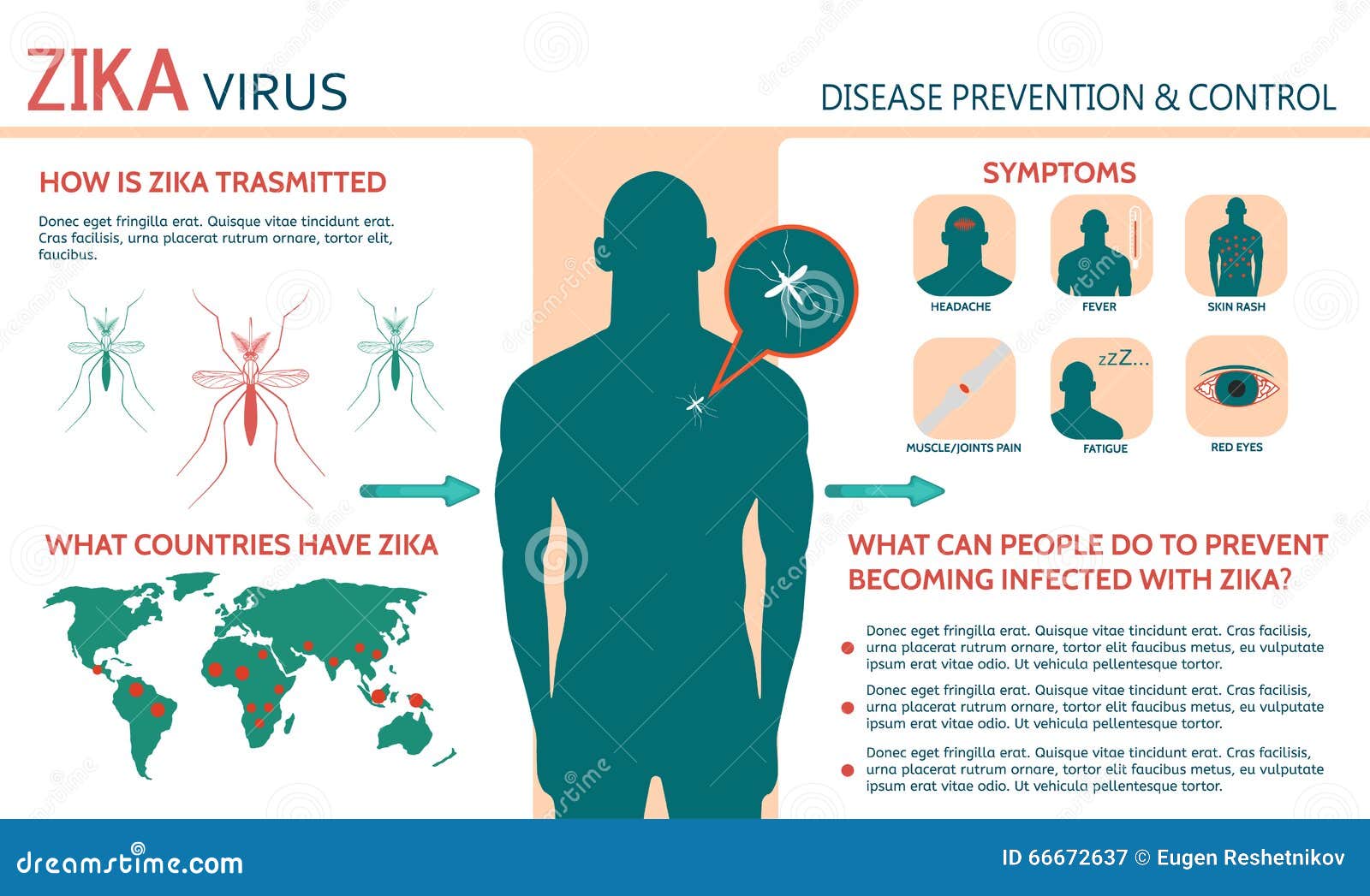 The disease is widespread in southeast Asia, Africa and Oceania.
The disease is widespread in southeast Asia, Africa and Oceania.
Ways of infection: transmissible, parenteral and transplacental. The causative agent of malaria is a protozoan parasite called Plasmodium. This is a seasonal disease of the autumn-summer period.
Malaria forms:
- three-day;
- four days;
- oval malaria;
- tropical infectious.
Each has its own characteristics and requires an individual approach to treatment.
Forms and development of signs of malaria
Three days. The incubation period is from two to eight months. The main manifestations are intermittent fever, enlargement of the liver and spleen, and anemia. In general, the prognosis is favorable. However, without proper treatment, malaria threatens with complications such as nephritis and malarial hepatitis.
Four-day malaria. The incubation period is three to five weeks. To the above symptoms, you can add a daily slight increase in temperature.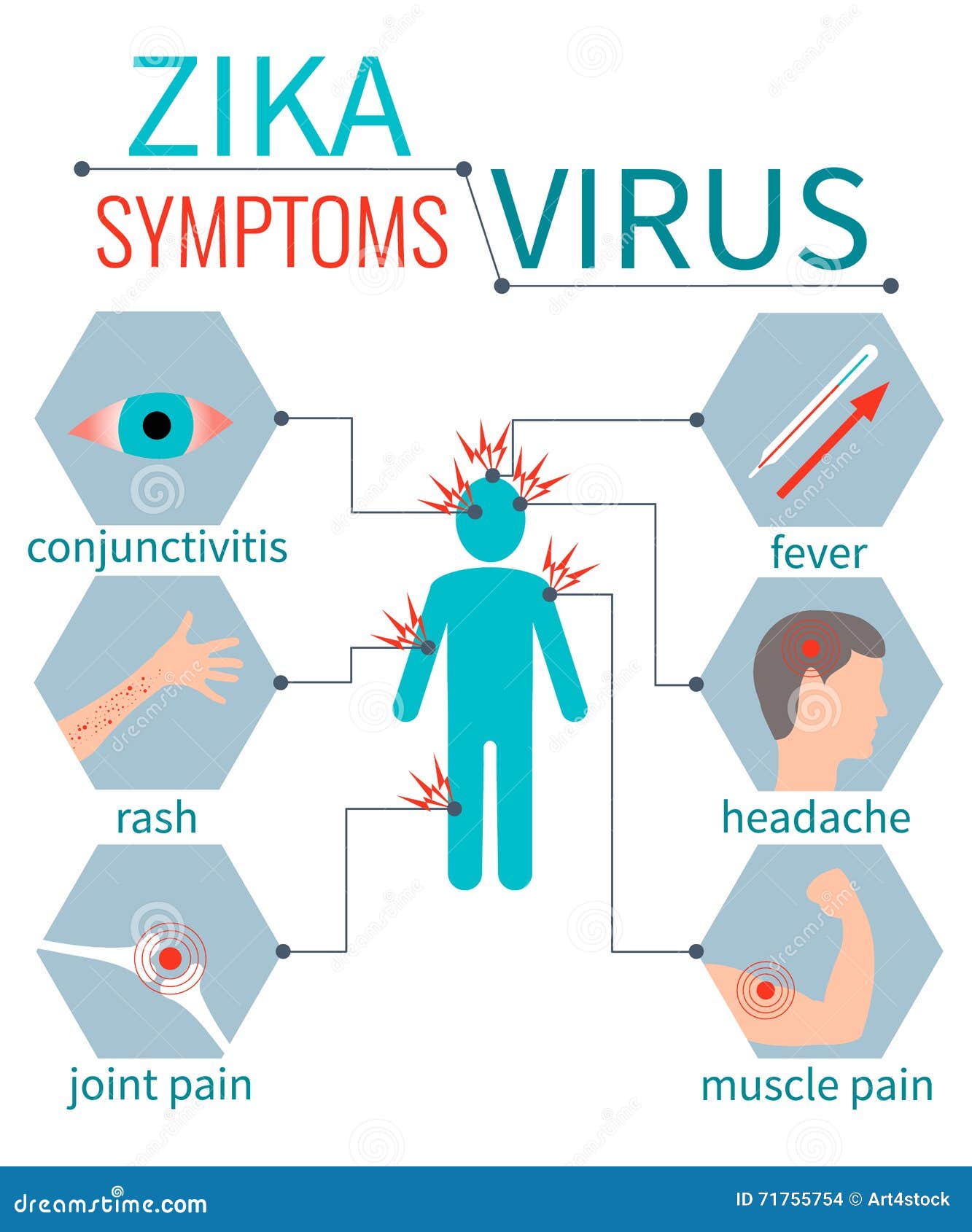 The treatment of this form of the disease is largely identical to the treatment of three-day malaria. About how to treat three-day malaria, read on.
The treatment of this form of the disease is largely identical to the treatment of three-day malaria. About how to treat three-day malaria, read on.
The tropical infectious form is usually severe. Without timely medical treatment, death can occur. The incubation period is up to 7 days. The disease is characterized by longer bouts of fever. Against the background of severe intoxication, the patient may experience convulsions, headache, insomnia, confusion. Perhaps the development of renal pathology and toxic hepatitis.
Malaria ovale. Symptoms are similar to the three-day form. The incubation period is 7-11 days. The main drug for the treatment of malaria are drugs based on quinine.
Periods of disease development:
- incubation;
- primary acute;
- secondary;
- relapse.
The sequence of occurrence of malaria in children
The disease in children is severe and specific. Characterized by atypical fever without chills and sweating. At the beginning of the disease, the temperature reaches its maximum, after which it stabilizes at subfebrile levels for several days. Against the background of intoxication, the child may develop convulsions, vomiting, cyanosis, diarrhea. In some cases, a hemorrhagic rash appears. Without timely treatment, there is a high probability of developing persistent anemia and hepatosplenomegaly. In more detail about the sequence of occurrence of malaria in childhood, the doctor will tell you at a personal appointment. You can sign up for a consultation on our website Dobrobut.com or by phone. The doctor will answer questions and tell you why there is still no vaccination against malaria in children.
At the beginning of the disease, the temperature reaches its maximum, after which it stabilizes at subfebrile levels for several days. Against the background of intoxication, the child may develop convulsions, vomiting, cyanosis, diarrhea. In some cases, a hemorrhagic rash appears. Without timely treatment, there is a high probability of developing persistent anemia and hepatosplenomegaly. In more detail about the sequence of occurrence of malaria in childhood, the doctor will tell you at a personal appointment. You can sign up for a consultation on our website Dobrobut.com or by phone. The doctor will answer questions and tell you why there is still no vaccination against malaria in children.
Clinic of the disease
The incubation period, as a rule, does not manifest itself in any way. As signs of malaria develop, the patient may complain of increased sweating, increased heart rate, increased blood pressure, and a sharp change in feeling hot with chills. The tropical infectious form of the disease is characterized by partial cyanosis of the extremities and heavy breathing.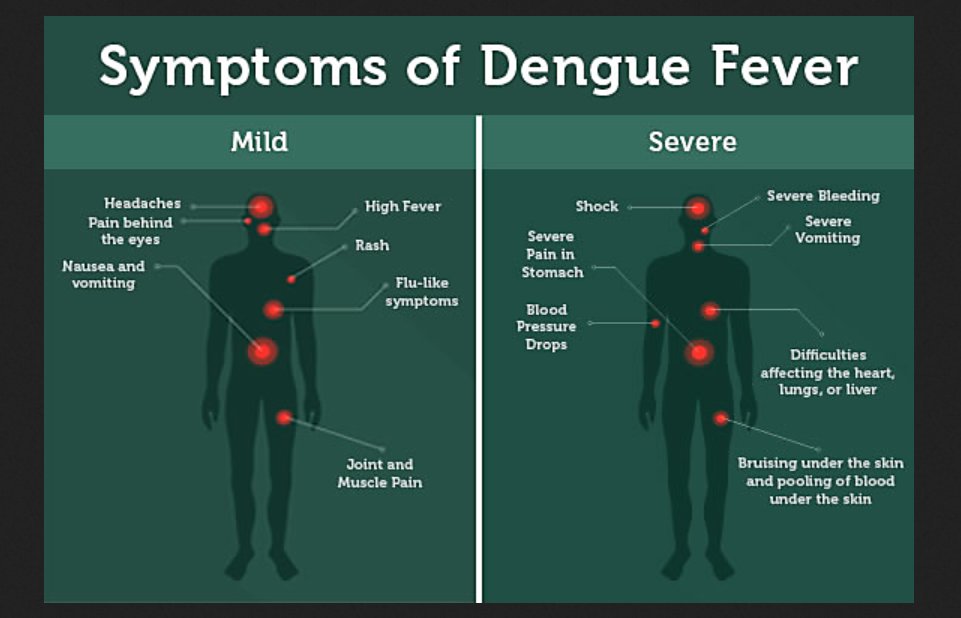
After the attack is over, the patient’s temperature may rise to 39-40 degrees. The skin becomes dry and red. In some cases, convulsions are possible, there is a violation of the mental state. It should be noted that each attack of the disease is accompanied by profuse sweating.
Lip malaria in humans
The disease can manifest itself on the lips for various reasons:
- weakened immunity;
- general exhaustion of the body;
- food poisoning;
- constant stress.
Clinical manifestations of malaria on the lips in humans: redness and itching in the area of the nasolabial triangle, small blisters in the corners of the lips.
Diagnostic measures
Diagnosis of malaria disease includes a blood test, urinalysis, additionally serological methods – RIF, RFA, RNGA.
Microscopic examination of blood helps to determine the type, type and quantity of microbes. For this purpose, two types of smear are used – thin and thick.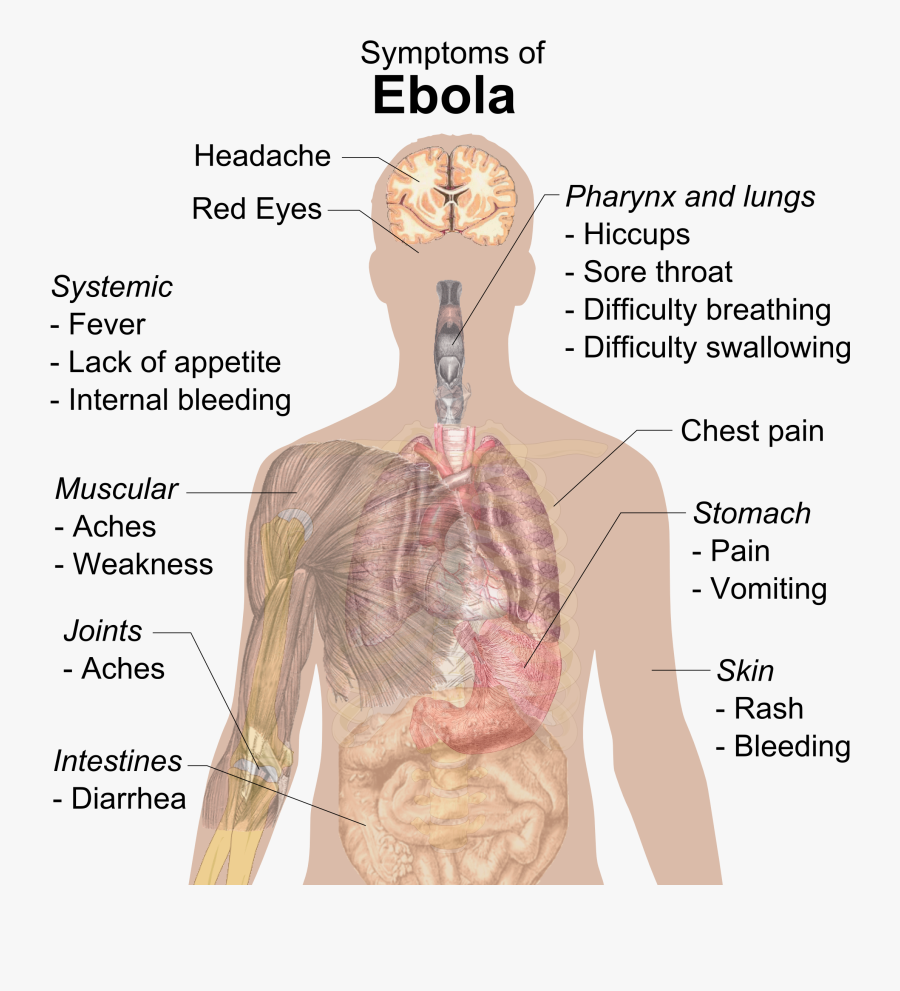
In the general analysis of urine in a patient, hemoglobinuria and hematuria.
Treatment of malaria
The most effective is drug therapy in a hospital setting. The patient is prescribed hingamin, quinine, chloridine or chloroquine. In some cases, the use of sulfonamides and antibiotics is justified. As an additional treatment, detoxification therapy (rheopolyglucin, gemodez, saline), drugs that restore microcirculation, and decongestants are recommended. In severe cases, hormones, plasma and red blood cell transfusions are used.
Prevention of the disease
The main preventive measures are the identification of carriers of malarial plasmodium and already sick people, conducting epidemiological surveillance, extermination of mosquitoes and prophylactic administration of special preparations before traveling to a risk zone. In the latter case, we are talking about the specific prevention of malaria. It is recommended to take pills 2 weeks before departure and within 2 weeks after it. Only an infectious disease specialist can prescribe pills.
Only an infectious disease specialist can prescribe pills.
With early detection and qualified treatment, the prognosis is favorable. The complications of the doctor’s disease include pulmonary edema, acute nephritis, kidney failure, anemia, malarial coma.
In our medical center you can undergo a complete examination of the body. You can make an appointment with specialists directly on the website. During the consultation, the doctor will decipher the results of the examination and tell you about the ways of infection with tropical malaria. Recording around the clock
Malaria. What you need to know
Malaria is a serious and sometimes fatal disease. People who become infected with it tend to have severe symptoms, including chills, fever, and flu-like conditions. The causative agent of malaria is Plasmodium, which lives in the body of a certain type of mosquito that feeds on human blood.
Symptoms
Malaria is an illness whose symptoms include chills, fever, headaches and muscle pain.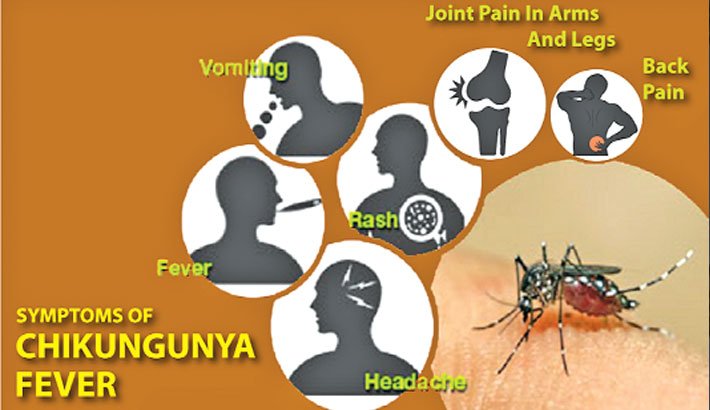
Some patients experience nausea, vomiting, cough and diarrhea.
The state of fever recurs every one, two or three days – this is the most typical manifestation of malaria. Trembling and feeling cold are replaced by the so-called hot stage, which is characterized by high fever, convulsions, headaches and vomiting.
Complications are often signs of such a form of illness as tropical malaria.
Due to the destruction of red blood cells and liver cells, jaundice of the skin and whites of the eyes, as well as diarrhea and cough, may occur. In more rare cases, a rash appears on the body in the form of itchy reddish papules. Malaria is defined as such.
Severe forms, for example, if the causative agent of malaria is Plasmodium falciparum, accompanied by problems such as:
- bleeding;
- liver and kidney failure;
- shock and coma;
- damage to the central nervous system.
Without timely treatment, these symptoms often lead to death.
How is the infection transmitted?
Its sources are female malarial mosquitoes and infected humans (both sick and carrier).
This disease is not transmitted among people either by household or airborne droplets. Infection can occur only if the patient’s blood enters the body of a healthy person.
Diagnosis
If the above symptoms appear, especially after travel, it is recommended to be tested for the presence of malarial plasmodium.
Diagnosis of malaria primarily involves the classic and most commonly used test, the blood smear on a glass slide, which uses a stain indicator to indicate the presence of parasites inside the red blood cells.
Other tests that may help diagnose the disease: immunological tests; polymerase chain reaction.
Prevention of infection
If a person intends to travel to areas where malaria is common, he must first find out what drugs and in what dosages should be taken to prevent infection.
However, it is recommended to start taking these drugs two weeks before the intended trip, during the stay in the country and for a month after returning from the trip.
There is currently no vaccine available for malaria, but intensive research is ongoing and a vaccine is under development.
If possible, avoid visiting countries with a high percentage of infections, otherwise malaria prophylaxis is mandatory – this can save your health and save your life.
If you are a traveler, try to always be aware of where outbreaks are currently occurring.
The malaria vector can land on human skin at any time of the day, but most bites occur at night. Insects are also most active at dawn and dusk. Avoid being outdoors during these hours.
Prevention of infection is very important, given that there is no vaccine against malaria.
Wear appropriate clothing – trousers, long sleeve shirts, high closed shoes instead of open sandals, and a hat. Tuck your clothes into your trousers.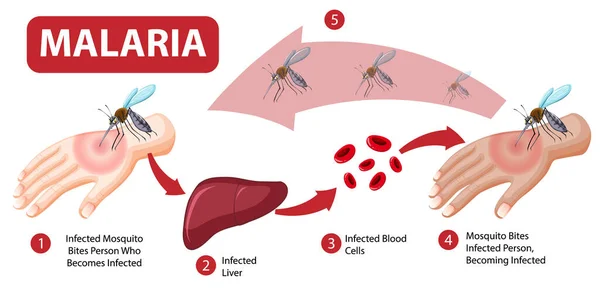

 This medication is taken once weekly, from 1-2 weeks prior to travel, until a month after you’ve returned.
This medication is taken once weekly, from 1-2 weeks prior to travel, until a month after you’ve returned.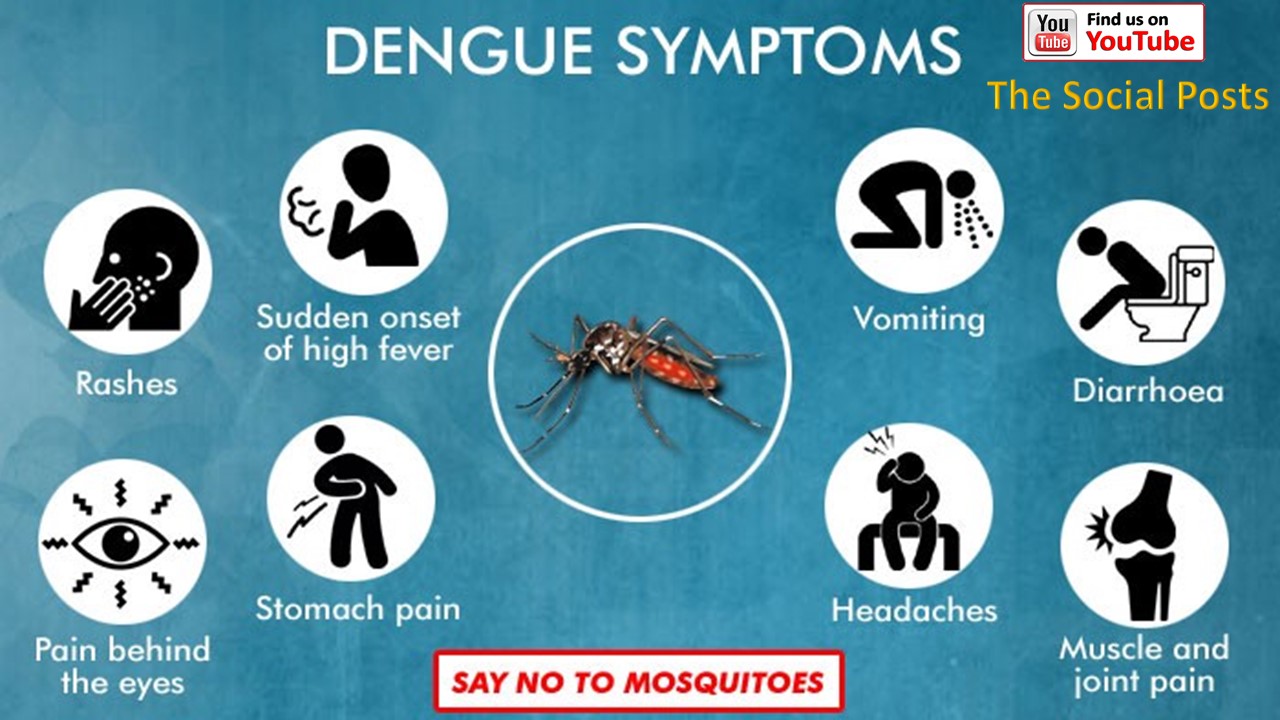 com
com ncbi.nlm.nih.gov/pubmed/22297289
ncbi.nlm.nih.gov/pubmed/22297289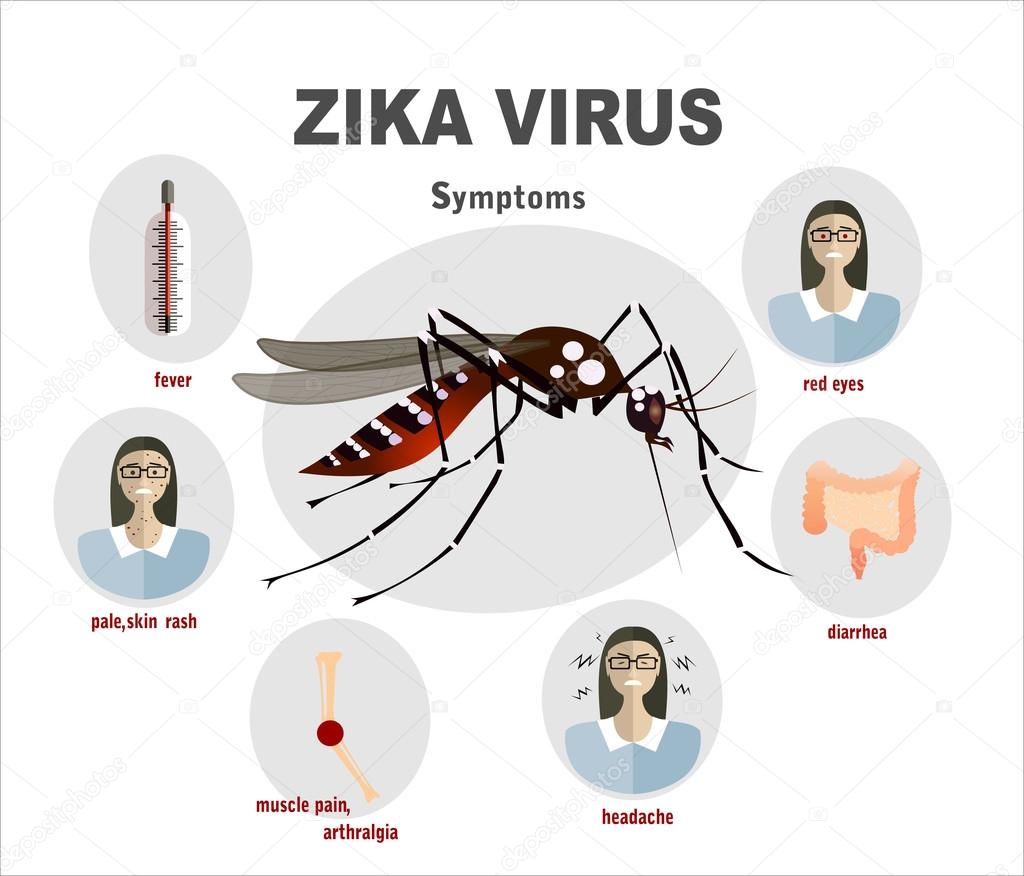 They should not be used in isolation to guide treatment choices or public health policy.
They should not be used in isolation to guide treatment choices or public health policy.